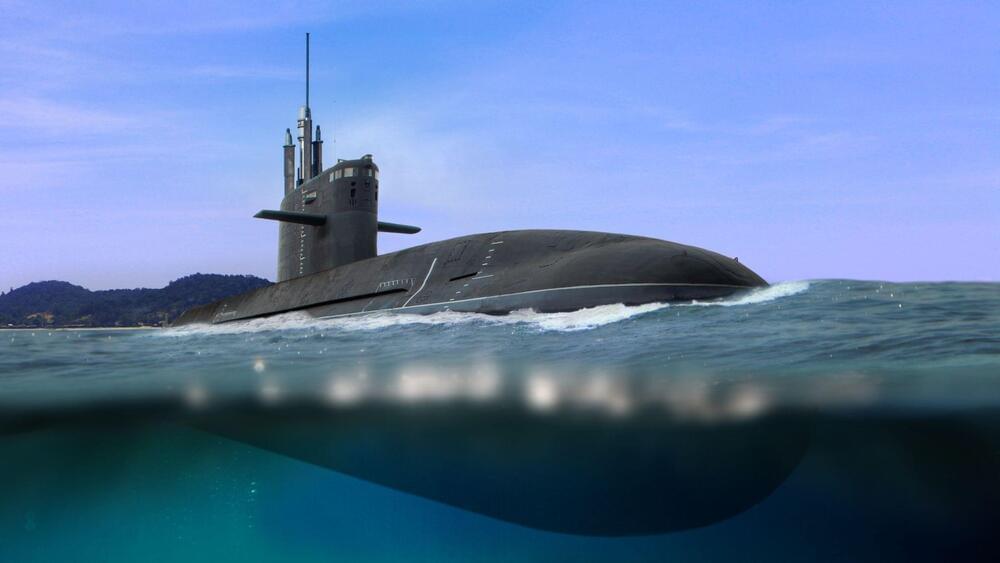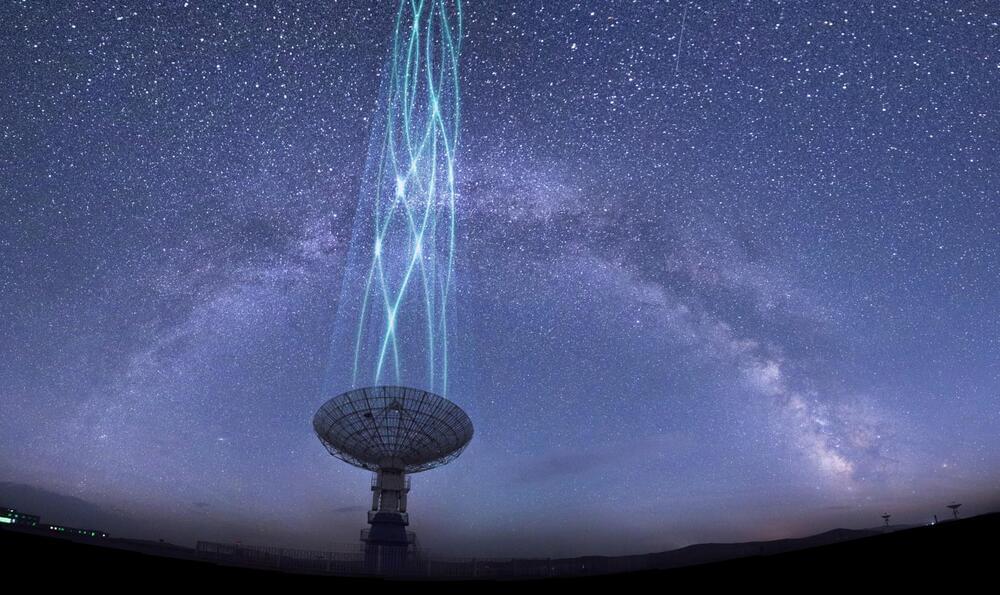Ever since I read Asimov’s I, Robot as a child I was fascinated by those mechanical human-like machines capable of interacting with humans and achieve complex tasks with their non-human skills.
Up until now, the vision of a world filled with humanoid robot was a dream manifested only in science fiction. But with recent development, in particularly, the Optimus demonstration at Tesla’s AI day, it seems as Robots may soon become part of our daily life.
Will Asimov’s Robot vision become a reality?
How will this impact society?
Could this spell the end of poverty and material want?
Are we about to become a post scarcity society?
What are the risks Science Fiction warns us about?
Links:
Quora blog: https://spacefaringcivilization.quora.com/
Amazon Author page: http://amazon.com/author/ronfriedman.
My Website: https://ronsfriedman.wordpress.com/
How to support the channel:
Get $5 in NDAX (Canadian Crypto Exchange): https://refer.ndax.io/vm1j.
Buy Escape Velocity short stories collection:
Support with Ethereum or Plygon donation: sciandscifi.nft





